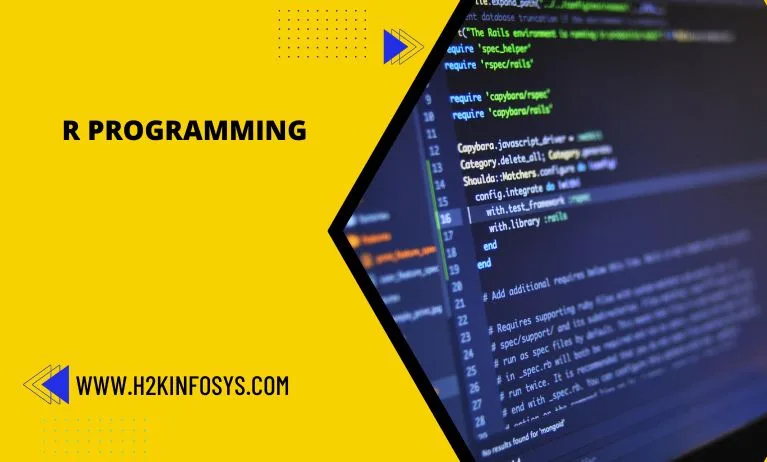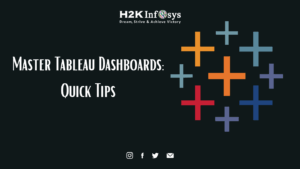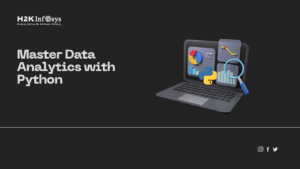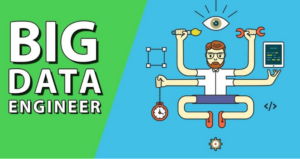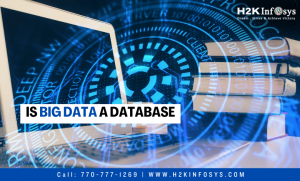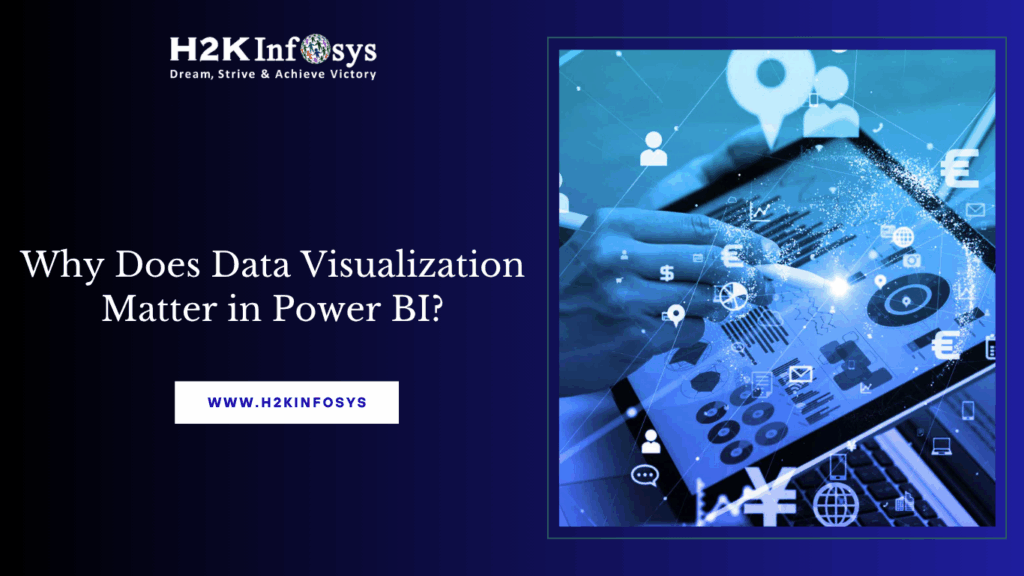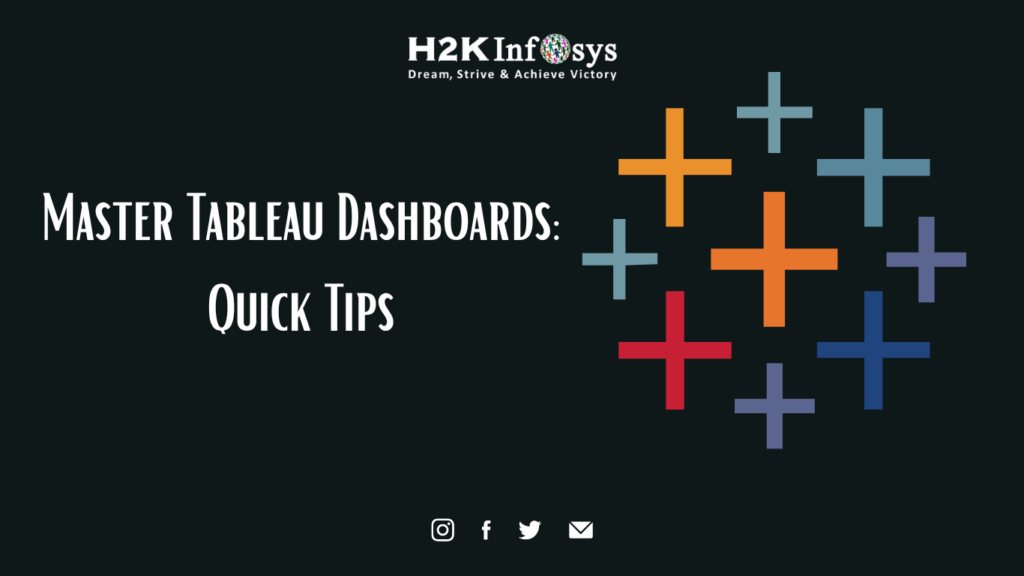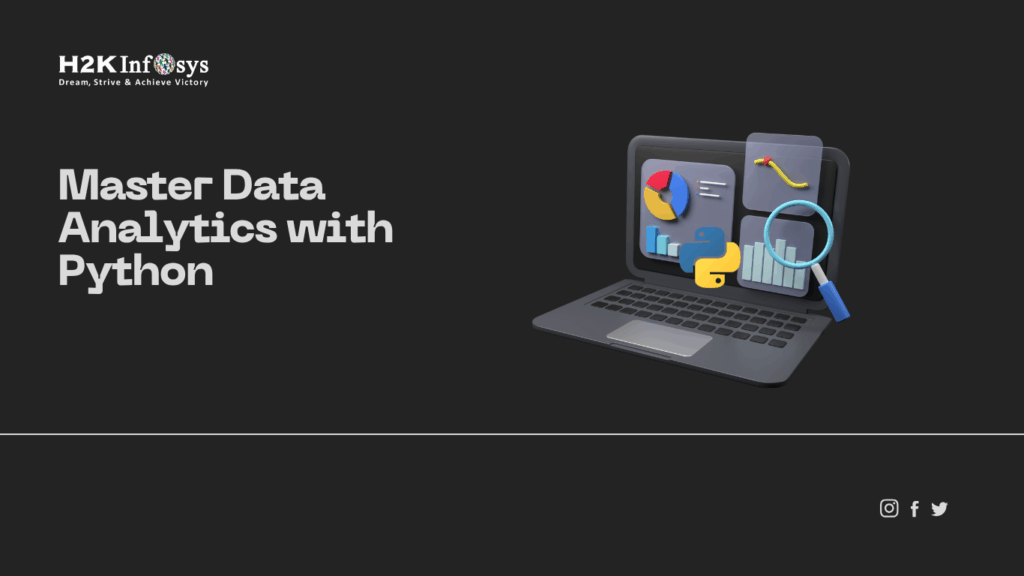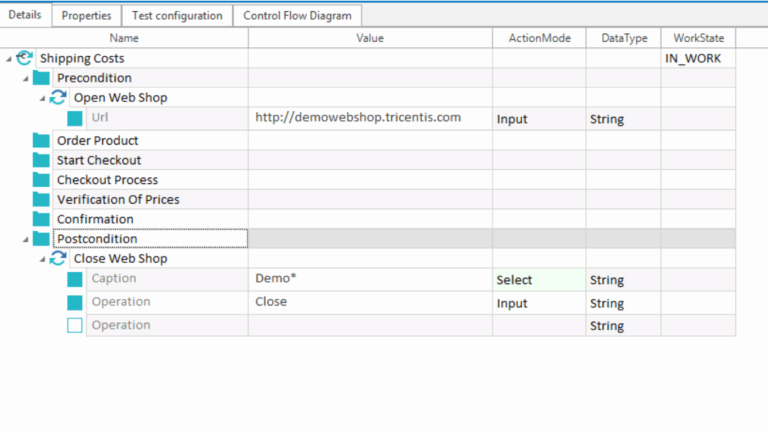R is an interpreted computer programming language that was created by Ross Ihaka and also Robert Gentleman at the University of Auckland, New Zealand. The R development main team currently develops R. It is also a software environment that is used to analyze statistical information, graphical representation, reporting, and data modeling. R is the implementation of the S programming language, which is joined with lexical scoping semantics.
This R allows us to do branching and looping but also allows us to do branching and looping but we have to do modular programming using functions. R allows integration with the procedures written in the C, C++, .Net, Python, and Fortran languages to improve efficiency.
Features of R Programming:
R is a domain-specific programming language that has the goal of data analysis. It has some unique features which make it very powerful. The most important is the notation of vectors. These vectors allow us to perform a complex operation which is a group of values in a single command.
- It will be a simple and effective programming language that has been well-developed.
- It will be data analysis software.
- It will be a well-designed, easy, and also effective language that has the concepts of user-defined, looping, conditional, and also various I/O facilities.
- It is having a consistent and incorporated set of tools that will be used for data analysis.
- This provides an effective data handling and storage facility.
- It is open-source, powerful, and highly extensible software.
- R is an integrated language.
Why do we use R programming?
We have many tools available in the market to perform data analysis. Learning new languages is time taking. The data scientist can use two excellent tools R and python. We may not have time to learn both at the time when we get started to know them both at the time when we get started to know data science. Knowing statistical modeling and algorithms is more important than knowing a programming language. A programming language is used to compute and communicate the discovery.
The important task in data science is the way we deal with the data, cleaning, feature engineering, feature selection, and import. The data scientist’s job is to understand the data, manipulate it, and also expose the best approach. For machine learning, the best algorithm will be applicable with R. Keras and TensorFlow allowing us to create high-end and machine learning techniques.
Applications of R are
- HRDAG
- Sunlight Foundation
- RealClimate
- NDAA
Installation of R:
R Programming is quite a famous language and also accustomed to working on the installation of two things that are R and RStudio. R and RStudio work together to form a project on the R. Installing R to the local is easier. We must know which OS we are using to download it.
To install R either we will use https://cloud.r-project.org or we may use commands from the terminal.
RStudio IDE
RStudio IDE is an integrated development environment that can permit us to interact with R. This Rstudio is comparable to the standard quality of RGui but it’ll be considered more user-friendly. This IDE will have many drop-down menus, windows with many tabs, and also a customization process.
R Command Prompt
As we have an R environment setup, then it’s easy to start our R command prompt by just typing the following command at your command prompt
$R
R interpreter is launched and you will get a prompt > where programs can be typed as
> myString <- “Hello, Hi!”
> print ( myString)
[1] “Hello, Hi!”
The first statement will define a string variable myString where we allot a string “Hello” Hi and the next statement print () is being used to print the value that is stored in variable myString.
# My first program in R Programming
myString <- “HelloHi!”
print ( myString)
Questions
- What is R Programming?
- What are the features of R Programming?
